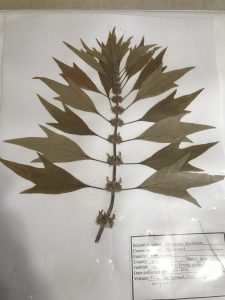 Our Moving into Meditation class focused on Desire: the mind state: Want/Don’t Want: The Unquenchable Thirst described in the fourth chapter of Toni Bernhard‘s book: How to Wake Up: A Buddhist Inspired Guide to Navigating Joy and Sorrow. We drew inspiration from Jack Kornfield’s book, No Time Like the Present: Finding Freedom, Love and Joy Right Where You Are. Jack invites us to trust that we are part of life’s ever unfolding mystery. Poet Jane Hirshfield ‘s tender and wry words describe the creaturely ties that bind our wounds.
Our Moving into Meditation class focused on Desire: the mind state: Want/Don’t Want: The Unquenchable Thirst described in the fourth chapter of Toni Bernhard‘s book: How to Wake Up: A Buddhist Inspired Guide to Navigating Joy and Sorrow. We drew inspiration from Jack Kornfield’s book, No Time Like the Present: Finding Freedom, Love and Joy Right Where You Are. Jack invites us to trust that we are part of life’s ever unfolding mystery. Poet Jane Hirshfield ‘s tender and wry words describe the creaturely ties that bind our wounds.
Monthly Archives: February 2019
Not Wanting
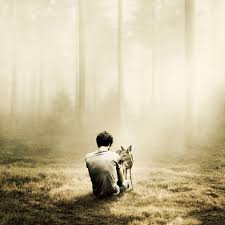 Our Moving into Meditation class focused on the very human experience of not wanting things to be the way they are. Our “not wanting” things to be as they are often adds anguish to life’s inevitable challenges. We explored how We Can’t Get No Satisfaction, the third chapter title of Toni Bernhard‘s book: How to Wake Up: A Buddhist Inspired Guide to Navigating Joy and Sorrow. We drew inspiration from Jack Kornfield’s book, No Time Like the Present: Finding Freedom, Love and Joy Right Where You Are. Jack offers suggestions we can use to free ourselves from ways of thinking that narrow our choices and keep us stuck. Poet Jane Hirshfield ‘s words – imaginative and playful – invoke creative ways of accepting life just as it is.
Our Moving into Meditation class focused on the very human experience of not wanting things to be the way they are. Our “not wanting” things to be as they are often adds anguish to life’s inevitable challenges. We explored how We Can’t Get No Satisfaction, the third chapter title of Toni Bernhard‘s book: How to Wake Up: A Buddhist Inspired Guide to Navigating Joy and Sorrow. We drew inspiration from Jack Kornfield’s book, No Time Like the Present: Finding Freedom, Love and Joy Right Where You Are. Jack offers suggestions we can use to free ourselves from ways of thinking that narrow our choices and keep us stuck. Poet Jane Hirshfield ‘s words – imaginative and playful – invoke creative ways of accepting life just as it is.
Identity & Self
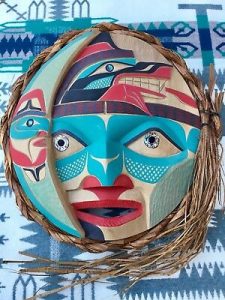 Our Moving into Meditation class focused on the elusive nature of identity. In our mindfulness practice we come to recognize that we are so much more than who we think we are. We considered The Self as Ever Shifting flow, the second chapter title of Toni Bernhard‘s book: How to Wake Up: A Buddhist Inspired Guide to Navigating Joy and Sorrow. Poet Jane Hirshfield invites us to surrender our assertions of identity. She reminds us that we are embraced by the world in so doing. Finally, poet Yi-Young Lee‘s elegant poetry invites us to spread our wings and fly.
Our Moving into Meditation class focused on the elusive nature of identity. In our mindfulness practice we come to recognize that we are so much more than who we think we are. We considered The Self as Ever Shifting flow, the second chapter title of Toni Bernhard‘s book: How to Wake Up: A Buddhist Inspired Guide to Navigating Joy and Sorrow. Poet Jane Hirshfield invites us to surrender our assertions of identity. She reminds us that we are embraced by the world in so doing. Finally, poet Yi-Young Lee‘s elegant poetry invites us to spread our wings and fly.
Li-Young Lee and his parents, Chinese expatriates, fled from Jakarta in 1959 to escape anti-Chinese persecution. (To learn more about Li-Young you can read Paul T. Corrigan’s Conversation with Li-Young Lee.)
Adventures in Ethnobotany
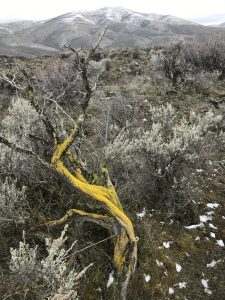 This Wednesday I started my six month Ethnobotany Apprenticeship with Earthwalk Northwest. I’ve been anticipating this adventure for months – delving into some of the required texts: Thomas Elpel’s Botany in a Day, Plants of the Pacific Northwest Coast, by Jim Pojar and Andy MacKinnon and Medicinal Plants of the Pacific Northwest by Michael Moore. I carried them on our trips to the Yakima River Canyon to help identify plants. I identified this beautiful Sagebrush as Artemesia, part of the Aster Subfamily, Chamomile Tribe, Anthemideae. And so I am welcomed to the world of botanical taxonomy. Botany in a Day (BIAD) is a great introduction to the “patterns method of plant identification.” Washington Native Plant Society is another wonderful resource that includes The Starflower Foundation educational resources and Image Herbarium. This site has been a treasure to me as a newbie. It offers great ideas for introducing kids to the natural world from grades K to middle school.
This Wednesday I started my six month Ethnobotany Apprenticeship with Earthwalk Northwest. I’ve been anticipating this adventure for months – delving into some of the required texts: Thomas Elpel’s Botany in a Day, Plants of the Pacific Northwest Coast, by Jim Pojar and Andy MacKinnon and Medicinal Plants of the Pacific Northwest by Michael Moore. I carried them on our trips to the Yakima River Canyon to help identify plants. I identified this beautiful Sagebrush as Artemesia, part of the Aster Subfamily, Chamomile Tribe, Anthemideae. And so I am welcomed to the world of botanical taxonomy. Botany in a Day (BIAD) is a great introduction to the “patterns method of plant identification.” Washington Native Plant Society is another wonderful resource that includes The Starflower Foundation educational resources and Image Herbarium. This site has been a treasure to me as a newbie. It offers great ideas for introducing kids to the natural world from grades K to middle school.
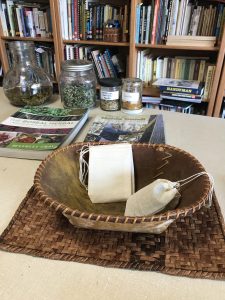 My first day in class with instructor Karen Sherwood was a joy. I met our class teaching assistant, JT and fellow class mates Janie and Jen. Karen gave us an overview of the journey, describing our weekly activities and foraging trips.
My first day in class with instructor Karen Sherwood was a joy. I met our class teaching assistant, JT and fellow class mates Janie and Jen. Karen gave us an overview of the journey, describing our weekly activities and foraging trips.
She outlined gathering guidelines which are based on common sense, gratitude and reciprocity. We created an offering bag of sweetgrass, sage and cedar to be given in thanks for the plant material we take for our studies.
Karen explained that we will be creating our own plant press and herbarium. The plant press will be portable and easily used in the field. Here is the cover of JT’s herbarium – a mammoth collection of native plants, pressed and fixed onto pages documenting habitat, ecology and virtues – truly a labor of love.
We will also be developing a relationship with a particular plant ally for the length of the course.Our Plant Ally Project will be a deep study of the plant, drawing it with leaf, flower, fruit and seed. Research will cover its scientific characteristics as well as traditional and current uses. We will explore these uses and then present our findings at the end of the program. I know my friend already: Populis balsamifera, Black Cottonwood. It grows in my backyard along the Raging River and throughout the Snoqualmie Valley. It’s unmistakable scent is often on my body by way of massage oils and salves.
Karen and Frank, Earthwalk cofounder and instructor, hosted a beautiful Wildfoods Feast for us. The dishes included the wild foods that Karen and Frank had gathered over the past months on land and sea. Here is our memorable menu:
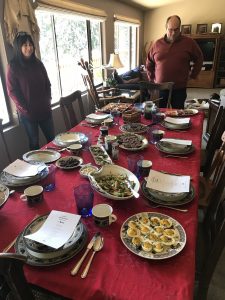 Bullwhip Kelp Pickles
Bullwhip Kelp Pickles
Alder Smoked Cheese
Poached Sicilian Sea Bass dressed on Nereocystis & Sargassum Seaweeds
Indian Popcorn made from local wild seaweed
Nettled Eggs
Land and Sea-weed Salad
Chantrelle and Morrell Mushroom Barley Soup, accented with Stinging Nettle
Acorn Flour Cakes
Elderberry Jelly
Rosemary Shortbread Cookies
Chocolate Nori Cake with Elder-Plum Glaze
Let the feast begin!

